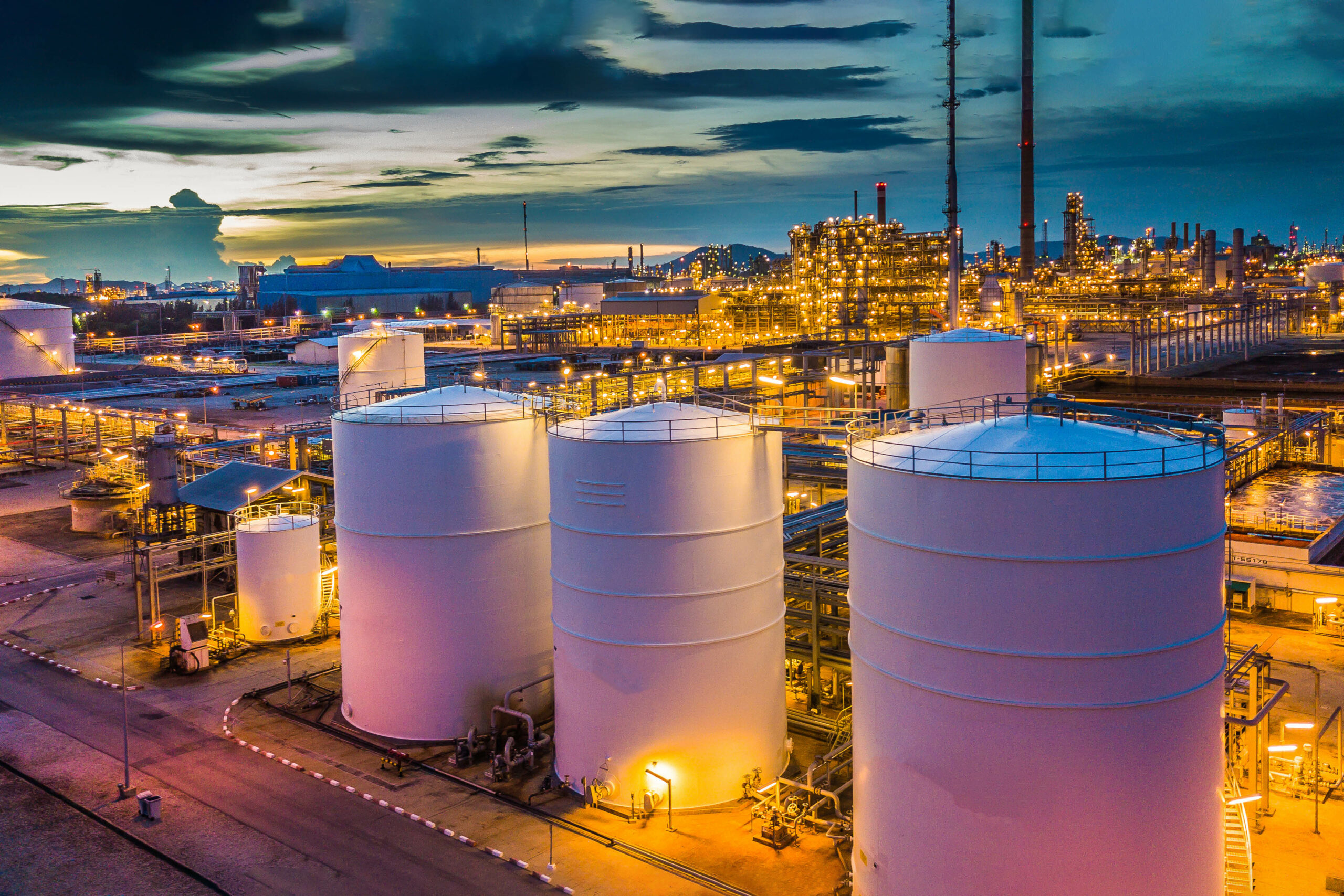What Is The Difference Between a Pure Substance and a Mixture?

As a fundamental concept in chemistry, it is essential to understand the difference between pure substances and mixtures. The distinction is crucial to comprehend the behavior of matter and how it interacts with its surroundings. This article will delve into the definition of pure substances and mixtures, how they differ from one another, and their significance in everyday life.
Contents
Definition of Pure Substance
A pure substance is a type of matter that is made up of only one type of particle or molecule. It can be further classified into two categories: elements and compounds.
Element
An element is a pure substance that cannot be broken down into simpler substances by chemical means. It consists of atoms with the same number of protons in their nuclei. Examples of elements include hydrogen, oxygen, carbon, and gold.
Compound
A compound is a pure substance composed of two or more different elements chemically combined in fixed proportions. Unlike mixtures, compounds have a definite composition and specific properties. Examples of compounds include water (H2O), carbon dioxide (CO2), and sodium chloride (NaCl).
Definition of Mixture
A mixture is a combination of two or more pure substances that are physically combined. Mixtures can be further classified into two categories: homogeneous and heterogeneous.
Homogeneous Mixture
A homogeneous mixture has a uniform composition throughout its entire volume. This means that the particles are evenly distributed and cannot be seen with the naked eye. Examples of homogeneous mixtures include saltwater, air, and sugar dissolved in water.
Heterogeneous Mixture
A heterogeneous mixture has an uneven composition throughout its entire volume. This means that the particles are not evenly distributed and can be seen with the naked eye. Examples of heterogeneous mixtures include sand and water, oil and water, and pizza.
Differences Between Pure Substance and Mixture
Composition
The composition of pure substances is fixed and consistent throughout the entire substance. In contrast, the composition of mixtures can vary and is not consistent throughout the entire substance.
Properties
Pure substances have specific properties that are unique to them. These properties do not change, regardless of the quantity of the substance. In contrast, the properties of mixtures depend on the quantities of the substances present in the mixture.
Significance in Everyday Life
Understanding the difference between pure substances and mixtures is crucial in everyday life. For instance, in the field of medicine, understanding the composition of drugs is important to determine their effectiveness and possible side effects. Similarly, in the field of food science, understanding the composition of food is essential to ensure its safety and quality.
Conclusion
In conclusion, pure substances and mixtures are two different types of matter that have distinct characteristics. While pure substances have fixed composition and properties, mixtures vary in composition and properties. Understanding the difference between pure substances and mixtures is important in various fields, from chemistry to medicine and food science.
FAQs
What is a pure substance? A pure substance is a type of matter that is made up of only one type of particle or molecule.
What is the difference between a compound and an element? A compound is a pure substance composed of two or more different elements chemically combined in fixed proportions. An element is a pure substance that cannot be broken down into simpler substances by chemical means.
What is a homogeneous mixture? A homogeneous mixture is a type of mixture that has a uniform composition throughout its entire volume. This means that the particles are evenly distributed and cannot be seen with the naked eye. Examples of homogeneous mixtures include saltwater, air, and sugar dissolved in water.
What is a heterogeneous mixture? A heterogeneous mixture is a type of mixture that has an uneven composition throughout its entire volume. This means that the particles are not evenly distributed and can be seen with the naked eye. Examples of heterogeneous mixtures include sand and water, oil and water, and pizza.
What are some applications of the difference between pure substances and mixtures? Understanding the difference between pure substances and mixtures is important in various fields, from chemistry to medicine and food science. In medicine, it is important to know the composition of drugs to determine their effectiveness and possible side effects. In food science, it is essential to understand the composition of food to ensure its safety and quality. Additionally, in chemistry, the properties of pure substances and mixtures play a crucial role in various reactions and experiments.






